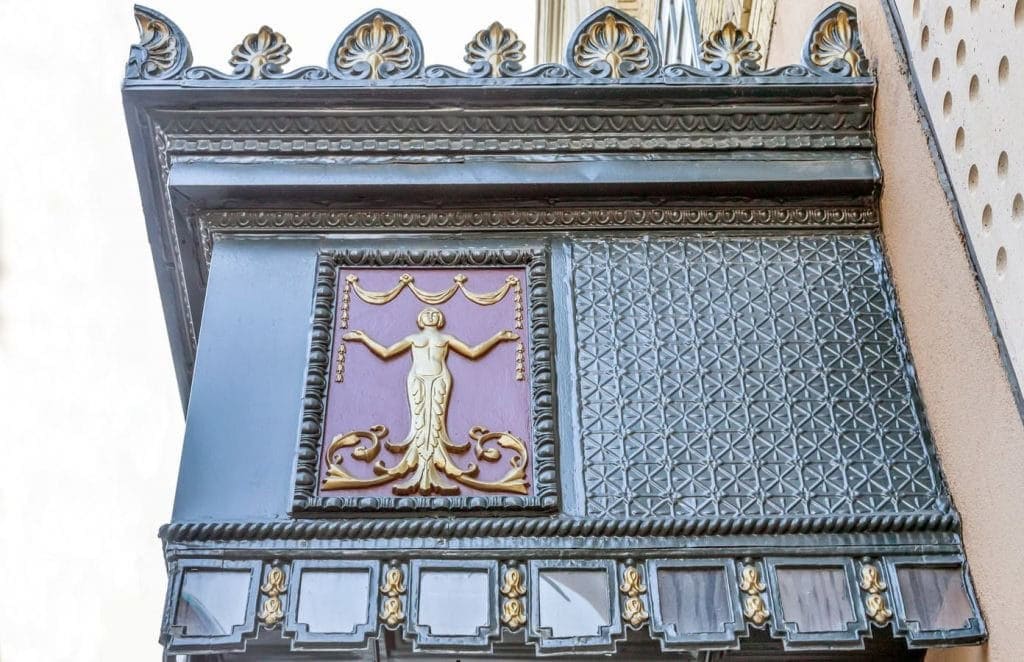Article
Architectural metal fabrication is a major factor in modern construction, playing a vital role in both the aesthetic appeal and functional integrity of buildings. From sleek, contemporary designs to the restoration of historical structures, architectural sheet metal offers a versatile and durable solution for a wide range of applications. Let’s explore the foundations of architectural sheet metal fabrication, the fabrication and design processes involved, and how to find the right fabricator for your project.
Architectural sheet metal work has a rich history, with its origins dating back to ancient times. Copper, one of the most commonly used metals in architectural fabrication, has been employed in construction for thousands of years due to its durability, malleability, and resistance to corrosion. As technology and manufacturing processes have evolved, so too has the use of architectural metal in construction.
Today, architectural metal fabrication includes many materials, including copper, zinc, stainless steel, aluminum, and various alloys. Each material has its own unique properties and advantages, making it suitable for specific applications and environments. For example, copper is known for its longevity and ability to develop a protective patina over time, while stainless steel is prized for its strength, corrosion resistance, and modern appearance.

The process of architectural metal fabrication begins with the design phase. Architects, designers, and fabricators collaborate to create custom designs that meet the specific needs and requirements of each project. This involves considering factors such as the building's style, location, climate, and intended use, as well as the desired aesthetic and performance characteristics of the metal components.
Once the design is finalized, the fabrication process can begin. This typically involves cutting, shaping, and forming the metal sheets using a variety of techniques, such as laser cutting, water jet cutting, and CNC machining. The metal components are then assembled and joined using methods such as welding, soldering, and mechanical fastening.
Throughout the fabrication process, strict quality control measures are employed to ensure that each component meets the highest standards of precision and durability. This includes regular inspections, testing, and adherence to industry standards and best practices.
Architectural metal fabrication is widely used in commercial buildings, offering a range of functional and aesthetic benefits. Some common applications include:
Architectural metal fabrication is not limited to commercial buildings; it is also used in residential construction. Some common applications include:
When selecting architectural metal for your project, there are several important factors:
Choosing the right fabricator is important to the success of your architectural metal project. When selecting a fabricator, look for a company with:
At Heather & Little, we have been providing top-quality architectural sheet metal fabrication services for many decades. Our team of skilled craftsmen and state-of-the-art facilities allow us to handle projects of any size and complexity, from custom copper roofing to intricate decorative elements.
If you're looking for a trusted partner for your architectural metal fabrication needs, Heather & Little is ready to handle any project scope. Contact us to discuss your project, get a quote, and learn how we can help bring your vision to life.
If you are looking for a second opinion on your project or have a particularly complex issue that needs a fresh eye, such as historic building restoration, we’re here to help. Tackling tricky restoration projects is our specialty, and we welcome the opportunity to provide consulting services. We apply a keen attention to detail to all our commissions.
Join our mailing list and keep up to date on what’s going on with Heather & Little, sheet metal and roofing, including access to industry insights, interesting project case studies and incentives.